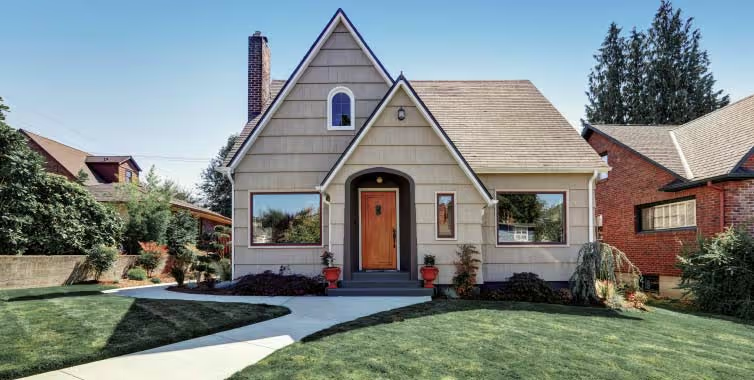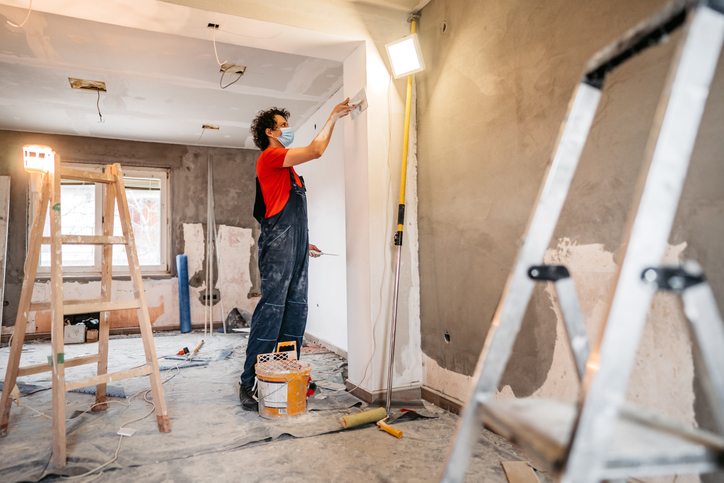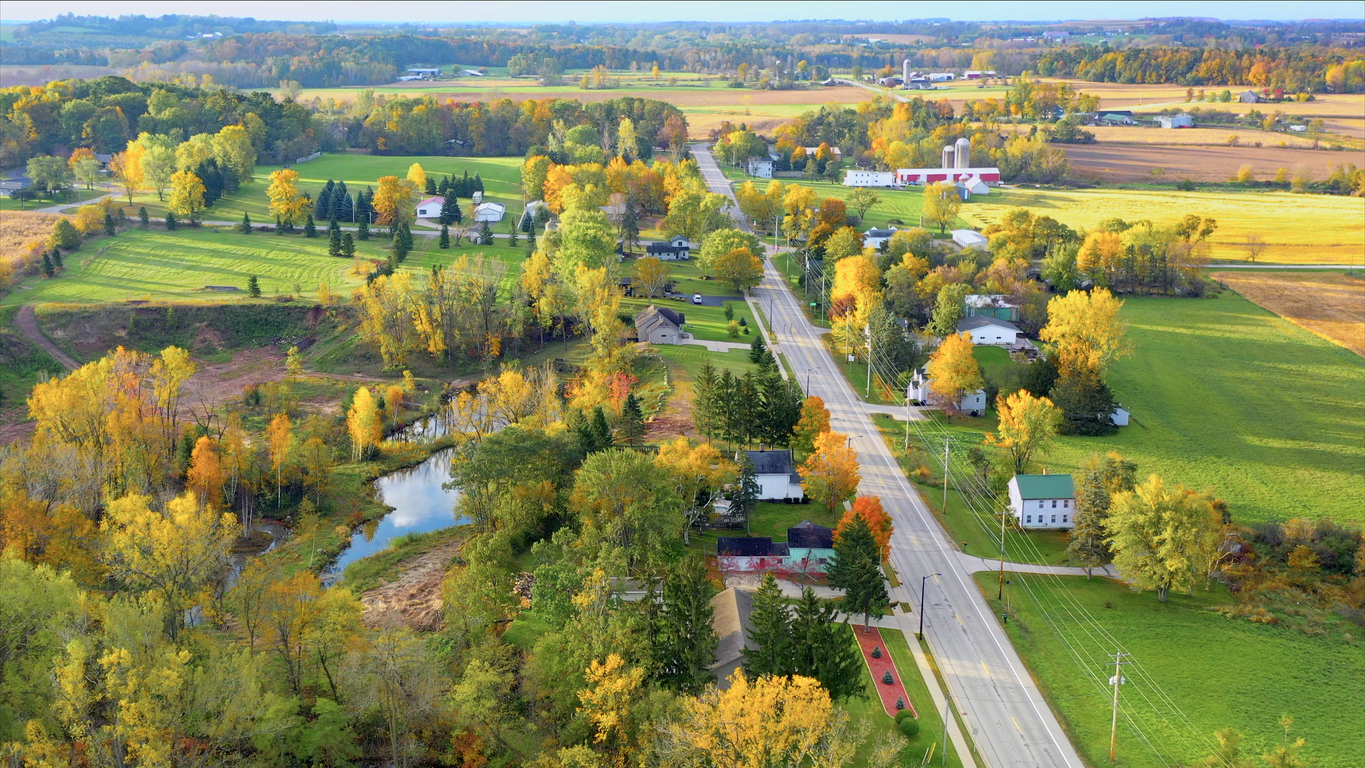Modular Homes: Everything You Need to Know
The second quarter of 2021 saw the number of owner-occupied housing units in the United States climb back to 82.51 million. Homeownership is a tremendous milestone for a lot of Americans. As a result, modular homes have become a growing part of the conversation of homeownership.
Still, there are deep considerations and sometimes hesitancy around the increased cost of construction materials and affordable housing. As younger generations consider entering the housing market, there are concerns around homeownership such as:
• Gas emissions
• Waste associated with home construction
• Cleaner options for home building
• Customization of homes
• Energy efficiency
Modular homes available today are cheaper, cleaner, and tend to be a lot more energy efficient than those of decades past. As a result, the possibility of homeownership is a reality for many people. In addition, modular homes represent the potential to positively impact the environment and build equity.
What is a Modular Home?
A modular home is built away from conditions that can slow the process - like rain and snow. They are crafted in a factory-like setting before being transported to their final location and installed on a traditional foundation. Builders assemble them on-site under local guidelines. As a result, these homes are often referred to as system-built or prefab (prefabricated) homes.
These homes come with a high level of customization and savings compared to stick-built homes. In addition, managing the construction process through engineers and architects is a portion of the work and expenses buyers can save on with modular homes.
Panelized homes are also more complicated, though assembled in panels and generally constructed as one-floor homes. In this case, only the house's structural components come together inside of a factory before delivery to the worksite. However, panelized homes are usually more expensive than modular.
Cost of Modular Homes vs. Stick-Built Homes
The National Association of Home Builders reported skyrocketing lumber prices in 2020 and early 2021 during the COVID-19 pandemic. This rise has driven up the cost of stick-built single-family homes by nearly $30,000.
Location, size, and design are drivers of the price in modular homes. More extensive and luxury-style homes will drive up the price regardless of the type of home you build. Buying a modular home from a local factory will also reduce transportation costs. Modular homes may cost you 10-20% less than site-built homes—things like shell materials, construction, and finishing that can drive variances. Modular homes can be just as durable as site-built homes.
The cost breakdown is 50% for construction, 15% for finishing, and 35% for the shell materials. Traditional site-built homes can cost around $150 to $250 per square foot, while a modular home is about $50 to $250 for some higher-end luxury houses. In addition, amenities and enhancements like countertops, custom flooring, and utility add-ons for electrical equipment and plumbing systems can be additional costs.
Timeline for Building a Modular Home
The size of a home, design, contractor availability or a global pandemic can bring some changes, but a modular home is generally faster. Although no weather delays speed things up, custom modular homes can add time to the design stage. Permits and zoning take about three months, and grading and site work is another month of work. Two weeks on-site to finish construction with the modular homes can coincide with the home's construction in a factory.
Eight months from permits to finishing can be a timeline for a modular home, depending on outside factors. However, during the volatility of the global pandemic, construction timelines are longer across the board for all home types.
Qualifying for Home Loans
Qualifying for a modular home loan is generally the same as traditional homes. Lenders will qualify borrowers through the regular income to debt ratios, assets, credit score and history, list of debts, and equity position. It may work in a buyer's favor to work with a lender with a record of financing modular homes, though the process is generally the same. The financing options available are often the same as well.
Waste Associated with Homes
In stick-built homes, there are often dumpsters full of waste in construction. In addition, the energy required is not as cheap or green as it could be. The most commonly used structural materials like concrete, steel, and aluminum account for 22% of global CO2 equivalent emissions. Some modular home options are net-zero-ready. The homes feature Energy Star appliances, on-demand tankless water heaters, LED lighting, and mini-split HVAC systems. This HVAC system features separately controllable zones and a standard solar panel array with larger systems and battery backups options.
More than 500 million tons of construction and demolition debris are produced annually. Modular homes can help reduce that amount. Though it varies between companies, some homes can be as much as 75%-85% more efficient than a site-built home.
There may be a few dumpsters worth of waste in traditionally built homes and only a few trash bins in modular homes. However, the final impact on your bottom line and the environment are better with prefabricated homes.
Manufactured Homes vs. Modular Homes
Manufactured homes can be moved from one location to another to comply with laws and regulations regarding these relocations. The significant difference is in the construction. Manufactured homes are built in compliance with HUD requirements.
Modular homes are constructed wholly off-site before being installed on a conventional foundation. All of that occurs under International Residential Code (IRC).
Many are finding that the possibility of homeownership can be a reality. Modular homes do offer customization and additional features that buyers will love. A reduction in overall waste produced, savings on your bottom line, and some considerations around sustainability and energy efficiency are all a part of the modular home buying experience.
In 2020, the global market for modular construction sat at $72.11 billion, and projections put that number in the neighborhood of $114.78 by the year 2028. While modular homes may not be as customizable as on-site-built homes, the customizations available may still fit your wants and your style. In addition, tax deductions/credits, grants, and supportive policies around energy efficiency make modular homes a consideration for anyone on the path to homeownership.

















.svg)

.svg)















